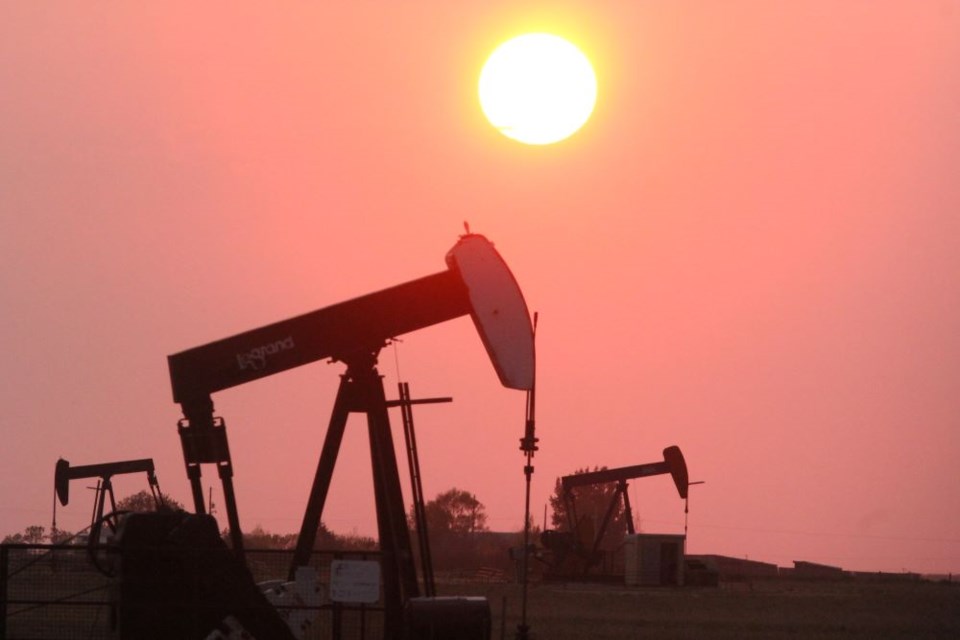CALGARY - From 2012-2021, conventional oil and natural gas producers lowered their absolute scope-1 carbon dioxide equivalent (CO2e) emissions by 24 per cent while growing total production by 21 per cent.
The information is from analysis completed by the Canadian Association of Petroleum Producers (CAPP) of the most recently available Government of Canada production and emissions data. It shows Canada has the ability to grow its production and role as a secure provider of responsibly-produced energy while lowering greenhouse gas emissions.
“When we talk about growing Canada’s role as a responsible provider of natural gas and oil to the world – emissions performance is one of those measures. Canada’s conventional producers are demonstrating we can grow energy production to address energy security while also lowering emissions," said CAPP president and CEO Lisa Baiton.
The analysis shows that between 2012 and 2021:
•Natural gas production rose by 35 per cent while CO2e emissions fell by 22 per cent. In that same period, natural gas producers reduced methane emissions by 38 per cent.
•Conventional oil production remained relatively flat (down nine per cent) with CO2e emissions from production dropping by 27 per cent – demonstrating the work producers have done to lower their emissions intensity.
•Conventional producers have driven down methane emissions from total natural gas and oil production by 34 per cent and methane emissions intensity by 46 per cent.
“This track record of lowering emissions while growing production is a demonstration of why Canadian oil and natural gas should be the barrels of choice for the world’s energy needs. As long as the world needs oil and natural gas, Canada’s barrels should be a part of that supply," said Baiton.
The data used in the analysis includes the Government of Canada’s National Inventory of Greenhouse Gas Emissions and production data from Statistics Canada. Conventional production refers to all oil and natural gas production outside of Canada’s oil sands.
“The majority of conventional oil and natural gas produced in Canada, is consumed by Canadians. This production plays an important role in our own energy security and our producers are showing we can continue to develop our oil and natural gas resources and lower emissions from that production.”
CAPP’s member companies produce about 80 per cent of Canada’s natural gas and oil. CAPP’s associate members provide a wide range of services that support the upstream oil and natural gas industry. Together CAPP’s members and associate members are a solution-oriented partner to Canada and the world’s needs for safe, secure, reliable, affordable and responsibly-produced energy, and an important part of a national industry with revenues from oil and natural gas production of about $116 billion a year.


